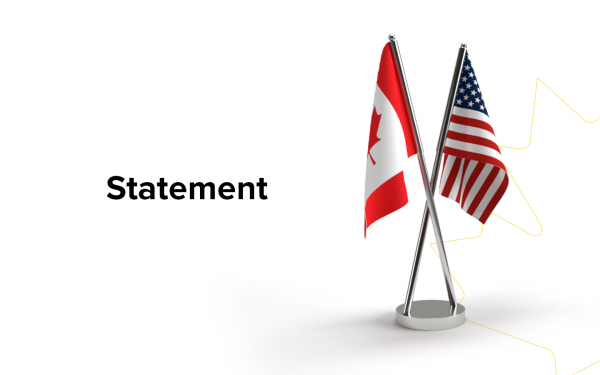Wages? Housing? Profiteering? Port strikes show us that maybe supply chain logjams are an inflationary culprit after all
As published in The Toronto Star
Remember the days when inflation first started to steep into the Canadian economy, and everyone pointed to supply chain bottlenecks as the culprit?
It was a passing phase, swamped by a longer list of factors that still carry the day. But they weren’t completely wrong.
We in Canada had a brutal reminder of how sensitive our supply chains are when billions of dollars in goods were held up over the past few weeks in the Port of Vancouver and the Port of Prince Rupert, caught up in an on-again-off-again labour dispute.
As containers backed up along the coast, potash production in Saskatchewan took a step backwards, deliveries of some goods were rerouted to the United States and pork producers warned of widespread waste. Business leaders and economists warned that prices could rise in response.
The damage will take months to undo, the port authorities warn. And the costs — to consumers, businesses, workforces, and to Canada’s reputation — are not negligible.
For all the talk over the past two years about resilience, robustness, backup supply chains and doing things closer to home, the disruption serves to show us how dependent we still are on everything functioning perfectly.
And for all the finger-pointing around who is to blame for inflation, it’s a reminder that the pricing of goods is in flux and not at all certain.
For sure, it was a relief earlier this week to see the headline inflation number start with a ‘2’ for the first time in more than two years. Annual inflation in June, before the ports gummed up, was 2.8 per cent — the first time since March 2021 that it was below three per cent and finally within the Bank of Canada’s target range.
But just days earlier, the central bank had raised its key interest rate yet again and Governor Tiff Macklem warned just how tenuous and complex this progress on inflation is, and he vowed to stay vigilant — raising rates again if the bank feels stable prices are not well entrenched.
“We’ve come a long way, and we don’t want to squander the progress we’ve made,” he said.
Inflation is “stubborn,” he added, confounding forecasters and the traditional axioms of economics.
Finger-pointing at other factors doesn’t help
And the central bank really only has the tools to influence the demand side of the economy. Monetary policy seems to be working, but relying on higher interest rates alone to drain consumers and hope the prices stop rising is clearly not enough.
Finger-pointing indiscriminately at other factors, however, doesn’t get us any further, and in fact can set us back when lack of nuance and imprecise analysis lead to misinformed decisions.
Wages have had their moment. Government spending is a frequent target. Housing markets that have taken on a life of their own are also in the spotlight.
And now, corporate profits are the culprit-du-jour. But Statistics Canada took a look at firm-level data last month to see exactly what companies were doing. And it turns out that they’re not jumping on the inflationary bandwagon to jack up prices after all.
Rather, the statisticians found that markups outside the energy sector rose by 2.5 per cent between the beginning of the pandemic and the second quarter of 2022. Inflation, excluding energy, rose by 10.5 per cent during the same period. (They didn’t include energy because global markets determine those prices.)
Profits have been sliding for three straight quarters, and projections for the coming year are for that trend to continue.
It’s important to get the drivers of inflation right so that, rather than blaming, we can pinpoint our vulnerabilities and adjust as necessary — which takes us back to the smooth functioning of our ports, our national infrastructure, and our trading system.
If prices are rising because supply and demand are out of whack, shouldn’t economic players be focused on the supply side as well as the demand side?
The supply-side solutions aren’t nearly as spicy as pointing fingers, but they’re more practical. Trade corridors that function reliably, transportation infrastructure that is dependable, and regulatory processes that are efficient and predictable — these all ease the way to doing business efficiently, in a way that encourages pricing stability.
Indeed, a key demand coming from Canada’s premiers last week was for proper support for strategic infrastructure and trade corridors that ensure our supply chains and transportation networks work as they’re meant to.
In other words, we need to take aim at bottlenecks.
During those early days of the pandemic, we learned the hard way that reliable and resilient supply chains and transportation were essential to a stable economy, steady consumer prices and the smooth functioning of business.
Let’s take those lessons to heart.











